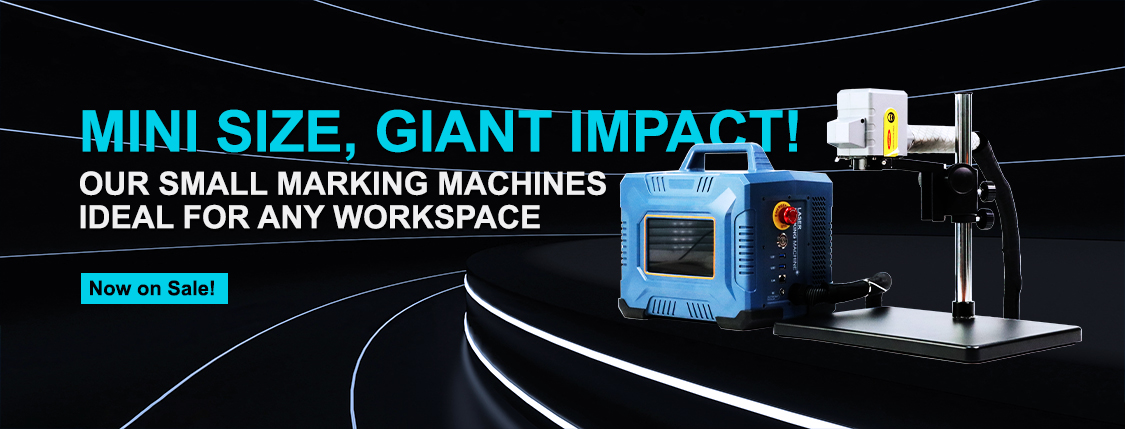Influencing factors of inductance saturation
Influencing factors of inductance saturation
A key question is how to ensure "fast enough", that is, what factors influence switching off the tube quickly to avoid the consequences of inductance saturation? This may be the ultimate determinant of the volume and price of the inductor, so it is important to have a good understanding of the response time issue.
1. All current limiting loops require a certain time response. There is a fixed (internal) "propagation delay" when the overcurrent signal flows through the IC's comparator, operational amplifier, level transfer circuit, drive circuit, etc. to the IC pin drive switch.
2. If the IC controller (not integrated switch IC, that is, the internal integrated switch tube), then the switch tube and the driver (generally integrated in IC) have a certain physical distance. This is because the PCB wiring's parasitic inductors will suppress sudden changes in current, so there is an additional delay before the IC output's off signal reaches the switch tube grid/base.
3. Theoretically, even if the current limiting loop can immediately respond to the overcurrent situation and the parasitic inductance of the line can be ignored, the switching tube still needs some time to complete the shutdown. During this time, if the inductance is saturated, it will not be able to protect or limit the current spike through the transistor at the input DC voltage -- possibly exceeding the current limit limit.



